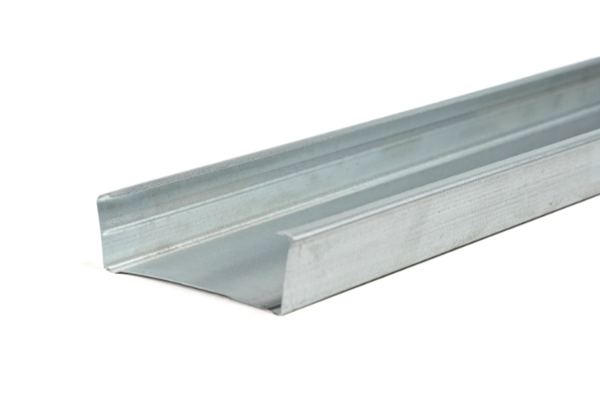Metal studs are a key component in modern construction, offering strength, durability, and versatility in building walls, ceilings, and partitions. Whether used in residential, commercial, or industrial settings, understanding the various dimensions of metal studs — especially their length — is crucial when planning a framing project. So, what is the maximum length of a metal stud? The answer depends on several factors including manufacturer specifications, intended application, and logistical considerations. Let’s explore in detail.
Standard Lengths of Metal Studs
Metal studs, typically made from galvanized steel, are manufactured in a range of standard lengths. The most commonly available lengths at hardware stores and building supply centers are:
-
8 feet (2.44 meters)
-
10 feet (3.05 meters)
-
12 feet (3.66 meters)
These lengths are suitable for most residential and commercial wall framing projects, especially for standard ceiling heights ranging from 8 to 12 feet.
Extended Lengths for Custom Projects
While standard lengths meet the needs of many projects, longer studs are often required for high ceilings, industrial walls, or specialized construction. In these cases, manufacturers can supply custom lengths, and the maximum length can reach up to:
-
24 feet (7.32 meters) or even more in some cases.
Custom metal studs beyond 12 feet are typically special order items, manufactured and shipped directly from the supplier. Longer studs may require special handling due to their flexibility and transportation limitations.

Considerations for Maximum Length
Several important factors influence the maximum usable or practical length of a metal stud:
1. Transportation and Handling
Longer metal studs are more difficult to transport and handle on-site. A 20-foot or 24-foot stud is more prone to flexing or bending during transport and installation. Special trailers or flatbed trucks are usually required for delivery.
2. Structural Support and Deflection
Longer metal studs may require additional support to prevent deflection or bowing. Engineers and architects often specify heavier gauge steel (like 18-gauge instead of 25-gauge) or reinforce the framing when long spans are involved.
3. Weight and Installation
Longer studs weigh more and may require more than one person to install. Contractors may use mechanical lifts or scaffolding for very tall walls.
4. Building Code Compliance
Local building codes and structural design criteria will influence the acceptable length and spacing of metal studs. For instance, high walls may require bracing or bridging at intervals to meet safety standards.
Custom Length Ordering Process
When ordering custom metal stud lengths, builders usually work with a manufacturer or metal fabricator. They must specify:
-
Stud profile (e.g., C-channel)
-
Width and depth (e.g., 3-5/8″, 6″)
-
Gauge of steel (e.g., 20, 18, 16)
-
Desired length (e.g., 20 ft, 24 ft)
-
Quantity and delivery requirements
Lead times for custom lengths can vary from a few days to several weeks, depending on production capacity and shipping logistics.
Alternatives for Long Walls
If using extremely long studs is impractical, another option is to stack or overlap shorter studs using connectors or plates. This method, however, requires precise engineering to ensure stability and strength, and may not be suitable for all load-bearing applications.
Conclusion
The maximum length of a metal stud typically extends up to 24 feet when custom ordered, though most standard projects use lengths between 8 and 12 feet. Choosing the right length depends on the building’s dimensions, structural requirements, and logistical factors like transportation and installation. When planning any construction involving metal framing, consulting with a structural engineer or supplier can help ensure you get the proper stud size and length for your specific needs.
Post time: Jul-24-2025



